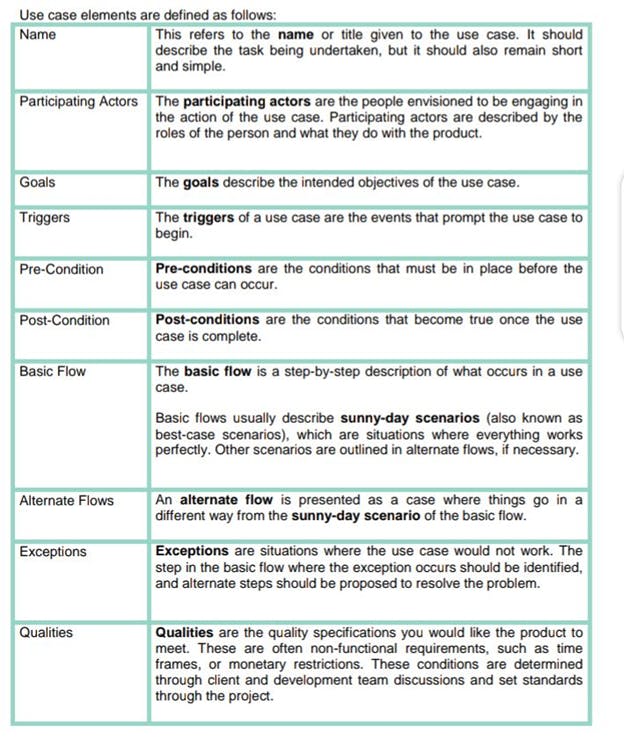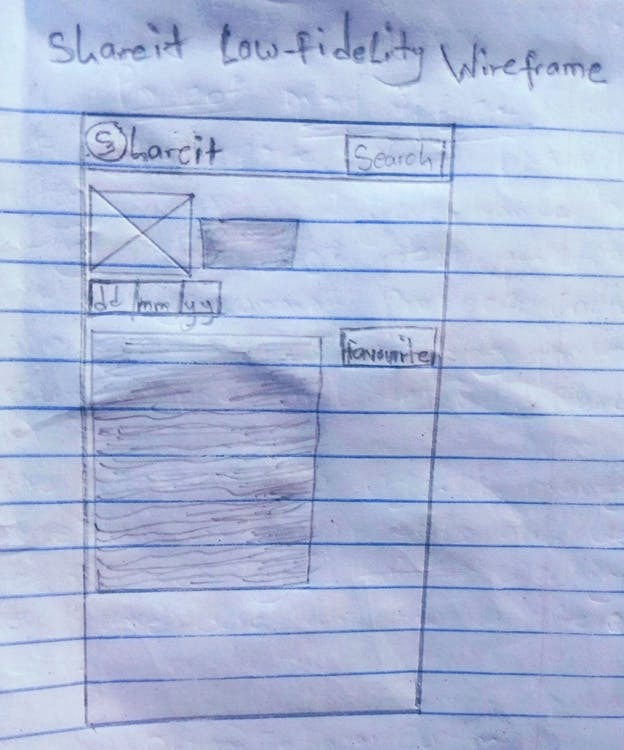
Photo by Tool., Inc on Unsplash
Understanding User Interaction and Collaborating with Clients: Week Two of the Client Needs and Software Requirements Course
Welcome to Week Two of the Client Needs and Software Requirements course on Coursera! In this week's module, we delve into the critical aspects of user interaction and effectively collaborating with clients in product development. By taking into account the considerations of end users and stakeholders, we can ensure the creation of successful and user-centric software products. Let's explore the key concepts and strategies covered in this module.
User Considerations
When designing a product, it is vital to consider the various challenges faced by end users and stakeholders. These considerations include perception or sensory limitations, cognitive or memory limitations, and cultural limitations. By understanding these factors, we can adapt our designs to enhance user experience and inclusivity.
Involving Clients and Users
A good Software Product Manager understands the importance of actively collaborating with clients to deliver the best possible product. While gathering ideas from clients is valuable, it is equally important to involve clients throughout the development process. This can be achieved through meetings, continuous requirements gathering, and utilizing information sources such as end users, feasibility studies, and previous products. By asking insightful questions and being assertive and open in client interactions, we establish effective communication channels and manage client expectations.
Key Points to Remember when Interacting with Clients
Effective communication with clients is crucial for successful product development. Here are some key points to consider:
Involve clients through meetings and continuous requirements gathering: Engage clients in the decision-making process and ensure their needs are thoroughly understood.
Utilize various information sources: Besides client input, leverage insights from end users, interviews, and feasibility studies to gather comprehensive requirements.
Ask good questions: Instead of focusing solely on what the client wants, inquire about the underlying motivations and goals. Understanding the "why" behind requirements leads to better solutions.
Be assertive and open in client interactions: Establish clear communication channels, provide expert guidance, and foster a collaborative environment to build trust and effective working relationships.
Clearly communicate realistic requirements and timelines: Manage client expectations by conveying requirements and project timelines accurately. Transparent communication ensures a shared understanding of project scope and constraints.
Use Cases
This is a tool that helps identify, clarify, and organize task details within a product. it was developed by Ivar Jacobson in 1986. By utilizing Use Cases, we can better understand user requirements and ensure that the product meets their specific needs.

Image adapted from Client Needs and Software Requirements (2005) by the University of Alberta

A restaurant use case with a customer as the end user or participating actor. Image adapted from Client Needs and Software Requirements (2005) by the University of Alberta
Use Case Diagrams
These are high-level visual representations outlining all the tasks supported by the product being created. after use cases are completed it is depicted with a diagram as shown below.

Image adapted from Client Needs and Software Requirements (2005) by the University of Alberta
Wireframe
Wireframes are another essential tool in product development. They provide a visual representation of a product, outlining basic functionalities and end-user tasks. Acting as blueprints, wireframes are developed quickly after initial discussions with the client, allowing for early feedback and alignment on design direction.

my low-fidelity wireframe sketch of a social media app called Shareit
Conclusion
As we conclude Week Two of the Client Needs and Software Requirements course, we have explored the significance of understanding user needs and collaborating effectively with clients in product development. By considering user limitations, involving clients throughout the process, and utilizing tools such as Use Cases and wireframes, we can ensure the creation of successful and user-centric software products.
Join us next week as we delve deeper into the process of requirements gathering and analysis. Cheers :)

